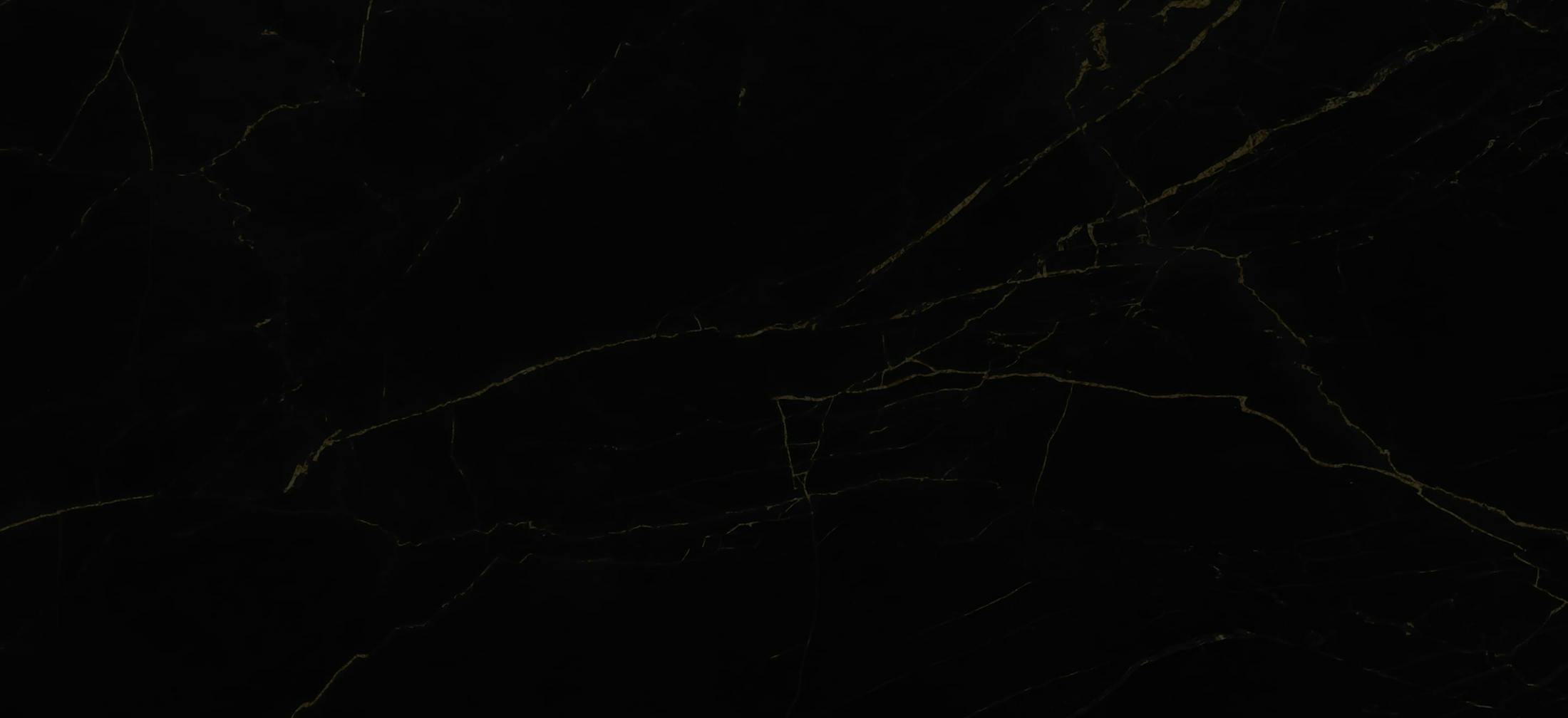Many people feel concerned about signs of aging that develop around the eyes. Two of the most common issues that can affect the lower eyelid area are lower eyelid bags and festoons. While they may be similar in appearance, these conditions are distinct and require different approaches for treatment.
Dr. Weber is one of the most highly-respected eyelid surgeons in Denver and the surrounding areas. In this blog, we’ll explore the differences between lower eyelid bags and festoons, their causes, and potential treatment options.
Lower eyelid bags
Lower eyelid bags are an incredibly common age-related cosmetic concern. They manifest as puffiness or swelling beneath the eyes, creating a tired or aged appearance. Lower eyelid bags are primarily caused by the following factors:
Fat prolapse: With age, the fat pads located beneath the eyes can start to shift and protrude, leading to the development of bags in the under-eye region.
Weakening skin and muscles: Over time, the skin and muscles around the eyes can lose their elasticity and strength, allowing fat in the area to push through.
Genetics: Some patients are genetically predisposed to develop lower eyelid bags, regardless of their age.
Treatments for Lower Eyelid Bags
Several treatment options are available for addressing lower eyelid bags:
Non-surgical treatments: These may include topical creams, serums, and lifestyle changes to reduce puffiness, such as getting enough sleep and managing allergies.
Injectable fillers: Dermal fillers such as Volbella or Restylane are composed of hyaluronic acid and can be used to smooth out the hollows and shadows caused by lower eyelid bags.
Lower blepharoplasty: A surgical procedure that involves removing or repositioning excess fat and tightening the skin and muscles to eliminate lower eyelid bags.
Festoons
Festoons, often mistaken for lower eyelid bags, are characterized by larger, swollen areas of skin and tissue that extend from the lower eyelid down to the cheeks. Unlike lower eyelid bags, festoons are typically the result of a combination of factors, including:
Age-related changes: The natural aging process can lead to collagen and elastin loss, resulting in skin laxity.
Sun exposure: Prolonged exposure to ultraviolet (UV) rays can accelerate skin aging and contribute to festoon formation.
Genetics: Genetic predisposition can make some individuals more prone to developing festoons.
Treatment for Festoons
Addressing festoons often requires a different approach than treating lower eyelid bags:
Surgical intervention: A more extensive surgical procedure is typically necessary. It involves elevating a “flap” of lower eyelid skin and muscle and anchoring this flap in a more elevated position followed by removing excess skin, tightening tissues, and repositioning the underlying structures.
Laser resurfacing: In some cases, laser treatments are employed to improve the appearance of festoons by stimulating collagen production and tightening the skin.
Dermal fillers: While not a direct treatment for festoons, dermal fillers can help smooth and rejuvenate the surrounding areas.
What is the takeaway?
Understanding the differences between lower eyelid bags and festoons is crucial for determining the most appropriate treatment options. It is critically important that your chosen surgeon be able to determine when a festoon is present. If the festoon is your main concern, a typical lower blepharoplasty will not address the sagging and laxity that troubles you. Whether you’re dealing with lower eyelid bags or festoons, consulting with a qualified oculoplastic surgeon or dermatologist is essential. Dr. Weber has years of experience in helping patients address their eyelid concerns and achieve a more youthful look. He provides personalized recommendations based on his patients’ specific conditions, ensuring that they receive treatment that is tailored to their needs.
Reach out to our office today to set up a private consultation and learn more about our treatment options.

